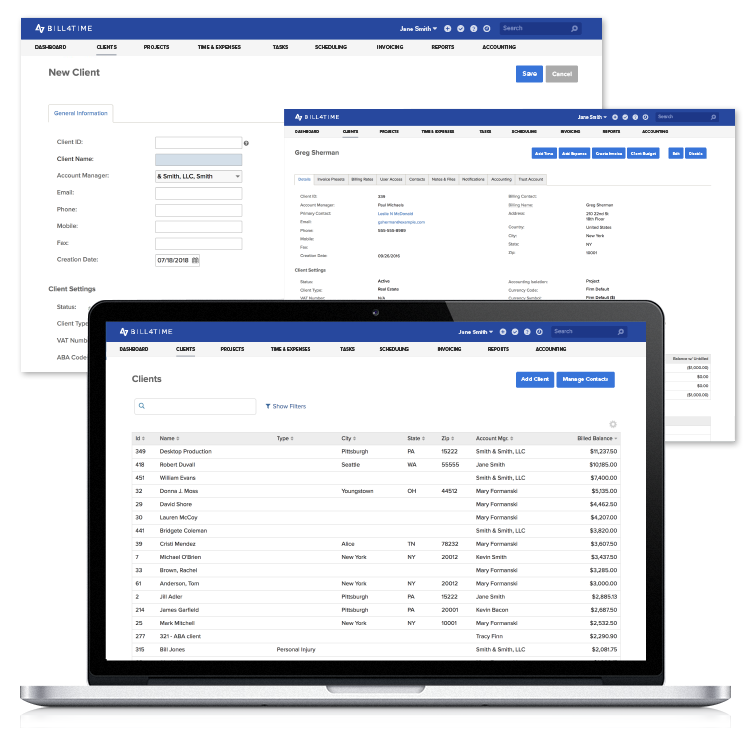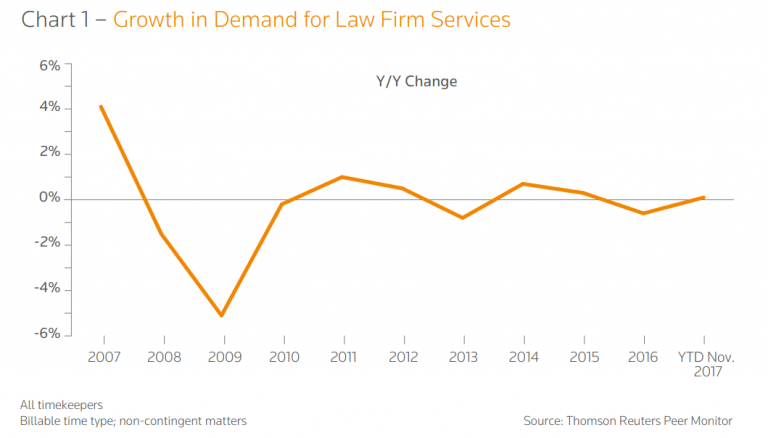
The flat rate pay system is appealing to both businesses and customers because it’s so simple. Now this pricing structure has been taken up by dealerships and many types of small businesses. Flat rate pay was popularized by the automotive industry, and has long been the industry standard, because it allows auto techs to operate more productively. This means that, unlike hourly billing, you’re being paid for the final product itself, not the time you put into creating the final product.
#BILLING RATES FOR BILL4TIME HOW TO#

Each pricing system comes with its own unique advantages and disadvantages, and understanding these differences will help you determine which method is right for you. It can be difficult to determine if flat rate billing or hourly billing is more suited to your needs.

Hourly billing, on the other hand, is when a business charges an hourly rate for its work, and maybe even adds extra charges for any materials needed for the project. Flat rate billing refers to the practice of charging a single, fixed, up front price for all the time, effort, and materials that go into a project. Flat rate billing and hourly billing are the two main types of pricing systems used by businesses to determine how much they’re paid on a given project.


 0 kommentar(er)
0 kommentar(er)
